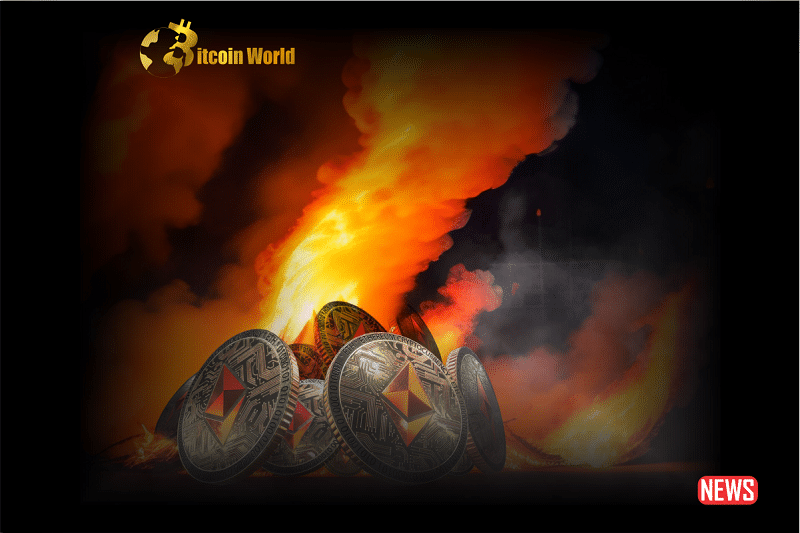The London hard fork, a significant upgrade implemented on the Ethereum ($ETH) mainnet, has resulted in the burning of a staggering 3.46 million ETH tokens, valued at well over $6.5 billion. This phenomenon stems from the implementation of Ethereum Improvement Proposal (EIP) 1559, which revolutionized the way transaction fees are handled on the network. With the shift to a new fee structure, a portion of the base fee is burned with each transaction, effectively reducing the circulating supply of Ethereum.
EIP 1559: Changing the Transaction Fee Mechanism:
Prior to the London hard fork, Ethereum utilized an auction system for transaction fees. However, EIP 1559 introduced a new approach where users pay a base fee to have their transactions processed by miners. Additionally, users have the option to tip miners to expedite their transactions. The base fee, instead of being paid to miners, is burned, permanently removing Ether from circulation. The base fee fluctuates based on network demand, rising during periods of high demand and dropping during times of lower demand.
Impressive Scale of Ethereum’s Supply Reduction:
The remarkable scale of Ethereum’s supply reduction through burning can be appreciated by the fact that the $6.68 billion worth of annihilated ETH could purchase approximately 19,085 single-family homes, assuming an average price of $350,000 per dwelling. This serves as a testament to the significant impact of the burning mechanism on Ethereum’s circulating supply, as reported by Benzinga.
Causes of Ethereum’s Supply Reduction:
Regular ETH transfers account for the majority of Ethereum’s network shrinkage, resulting in the burn of nearly 300,000 ETH. Notably, transactions involving non-fungible tokens (NFTs) on Opensea have contributed to the incineration of over 230,000 tokens. Additionally, the popular decentralized exchange Uniswap has been responsible for burning 200,000 ETH.
Effect of the Ethereum Merge:
Since the Ethereum network’s transition from a Proof-of-Work to a Proof-of-Stake consensus algorithm, known as the Ethereum Merge, the network’s circulating supply has been steadily declining. Without the Merge, the network would have produced an additional 6.5 million ETH. As a result, Ethereum’s supply is currently decreasing by approximately 0.1% per year, effectively offsetting the issuance of new tokens. If the Merge had not occurred, the cryptocurrency’s supply would have been expanding by around 3.3% annually.
The London hard fork and the implementation of EIP 1559 have brought about a significant reduction in Ethereum’s circulating supply through the burning of ETH tokens. With over $6.5 billion worth of ETH already burned, the upgrade has proven successful in reducing supply and potentially increasing the scarcity and value of the cryptocurrency. As Ethereum continues to evolve and adapt, the burning mechanism stands as a crucial element in the ongoing development of the network’s economic model.














